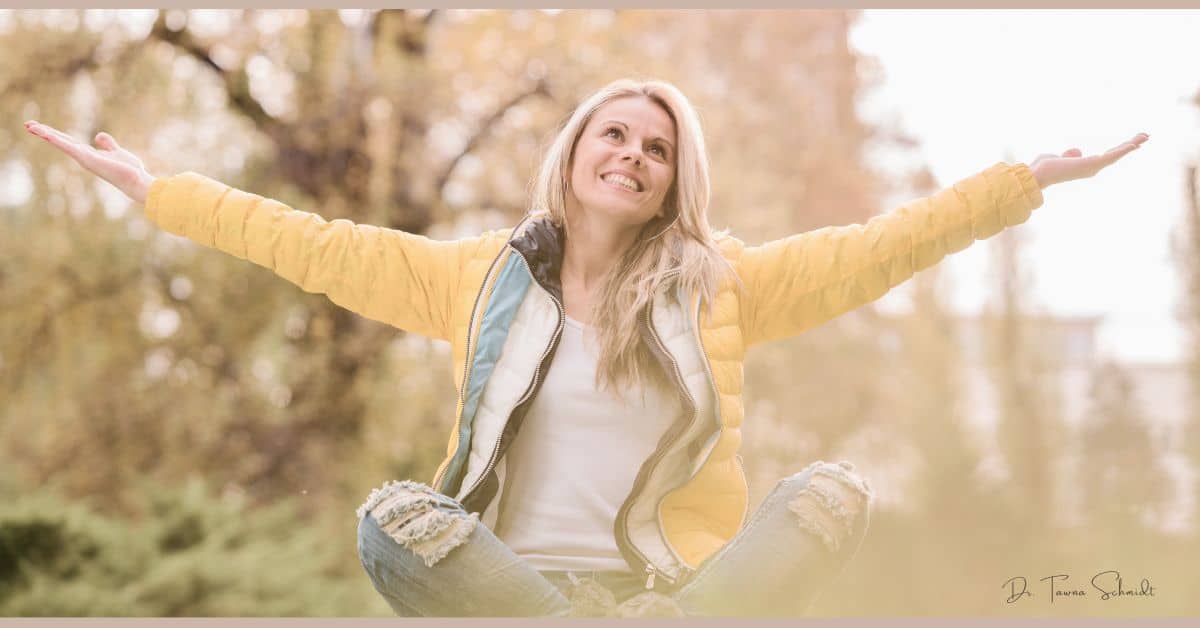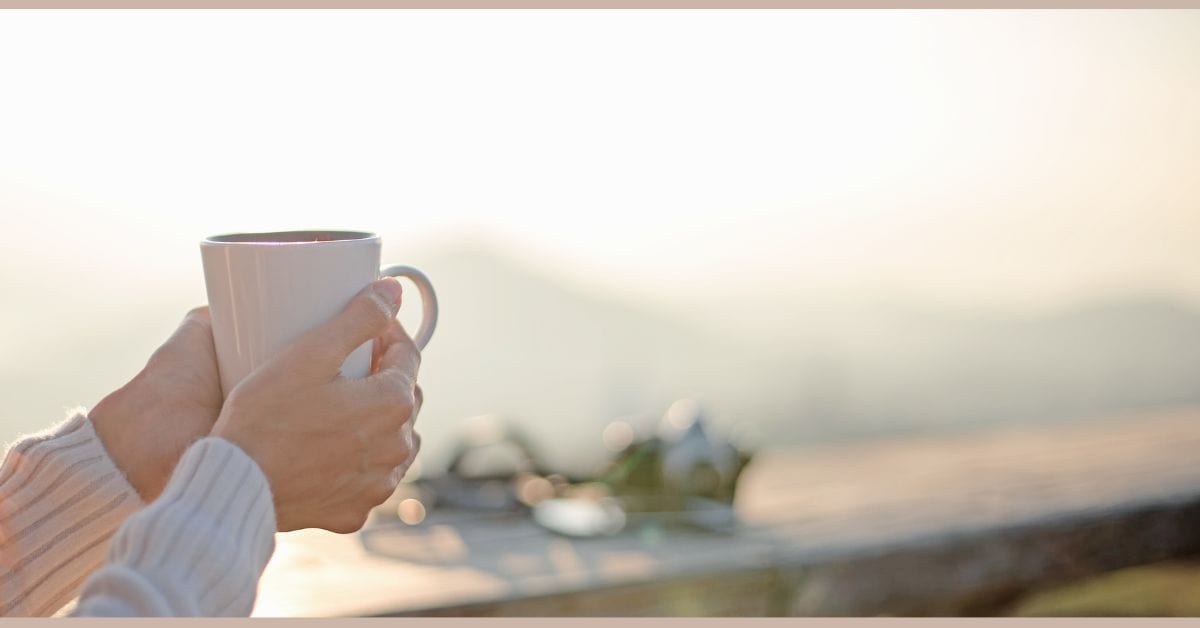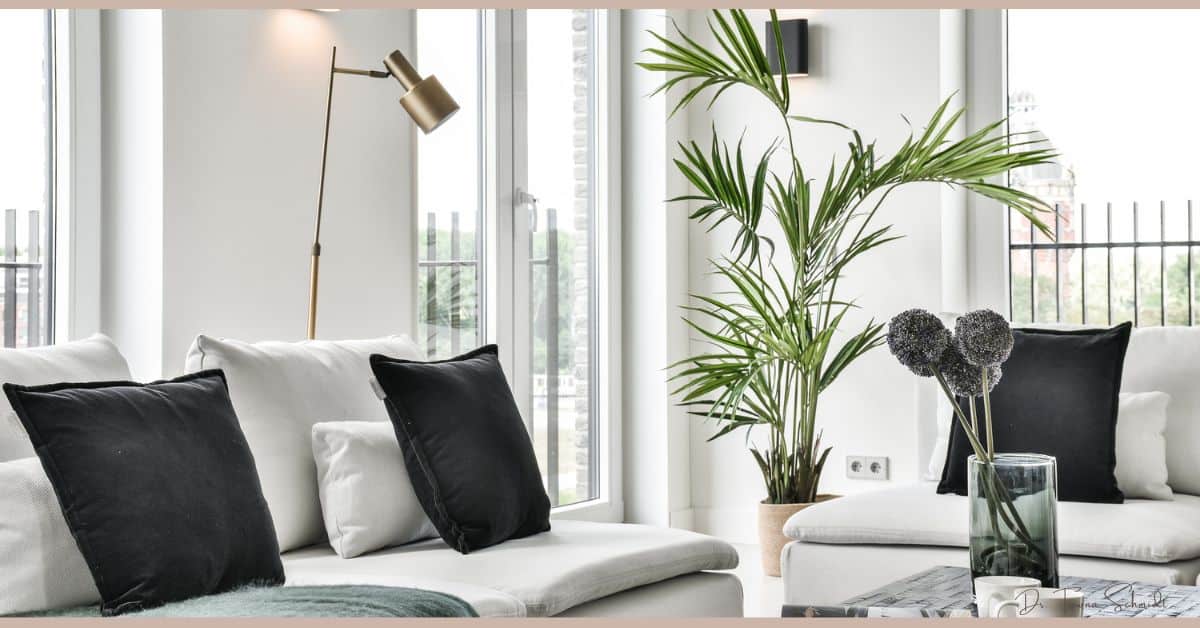Did you know that nearly 60% of people feel overwhelmed by the amount of clutter in their homes? Embracing a minimalist lifestyle can ease this stress, offering clarity and peace. By focusing on a few key areas, you can transform your living experience. From decluttering your space to simplifying your routine, there’s a path to less chaos with our minimalist lifestyle checklist.

NOTE: This post may contain affiliate links. Read the disclosure for details.
When I first began my journey into minimalism, I felt overwhelmed by the idea of letting go and simplifying everything at once.
So I started small and used a minimalist checklist. It gave me structure, focus, and a sense of progress without the pressure to do it all immediately.
I tackled one item at a time: clearing out a junk drawer, donating clothes I never wore, and simplifying my schedule. With each checked box, I felt lighter, more clear-headed, and more aligned with what really mattered.
That simple list became a guide, not just for decluttering my space, but for resetting my mindset and lifestyle, one intentional step at a time.
The decision to embark on a minimalist lifestyle can seem intimidating. If it is an entirely new concept to you, like it was to me, it can feel even more daunting. Whether you have been dabbling in the minimalist lifestyle for a bit, or you are just starting your journey, a checklist can make the shift smoother.
Key Takeaways
- Create a capsule wardrobe with versatile, quality pieces in a cohesive color palette.
- Declutter living space by ensuring each item serves the room’s purpose.
- Simplify daily routines by prioritizing essential tasks and limiting decisions.
- Reduce digital clutter by removing unnecessary apps and organizing files.
- Prioritize and invest in meaningful relationships through regular, engaged interactions.
Declutter Your Living Space
Although it might seem intimidating at first, decluttering your living space is the key to embracing a minimalist lifestyle. Start by evaluating each room’s purpose and eliminate items that don’t serve it. You’ll find that space optimization begins with letting go of excess.
Prioritize function over form and choose storage solutions that blend seamlessly with your existing décor. Consider multi-purpose furniture like ottomans with hidden compartments to maximize utility.
Opt for functional storage that complements your decor, such as multi-purpose furniture with hidden compartments.
As you declutter, keep in mind that every item should have its designated place. This approach not only simplifies your environment but also enhances your ability to serve others by freeing up time and energy.
Clear spaces foster clarity and enable you to focus on what truly matters. By making deliberate choices, you create a home that reflects your values and supports your goals.
Simplify Your Wardrobe
Once you’ve created a clear and purposeful living space, it’s time to turn your attention to your wardrobe. Embrace a minimalist approach by building a capsule wardrobe. Start by selecting versatile pieces that work well together, making dressing easier and more intentional.
Consider quality over quantity; choose items that serve multiple purposes.
Color coordination simplifies your choices further. Stick to a cohesive color palette that reflects your personal style. This makes mixing and matching outfits seamless, ensuring you always look put together without effort.
Donate or sell pieces that no longer serve you or fit your vision.
Organize your wardrobe to reflect a clutter-free mindset. Arrange clothing by type and color, allowing for easy access and decision-making.
Streamline Your Daily Routine
Streamlining your daily routine starts with prioritizing essential tasks, so you focus only on what truly matters.
Simplify your morning rituals to create a calm start, setting the tone for a productive day.
Limit daily decisions by establishing habits that reduce unnecessary choices and conserve mental energy.
Prioritize Essential Tasks
Simplifying your daily routine starts with prioritizing essential tasks. Focus on task management by identifying what truly matters. Begin each day with a clear understanding of your essential goals. This clarity helps you serve others more effectively by ensuring your time is spent on meaningful activities.
Here’s a simple table to guide your task prioritization:
| Task Priority | Task Description | Time Allocation |
|---|---|---|
| High | Critical tasks | Most time |
| Medium | Important tasks | Enough time |
| Low | Non-essential | Minimal time |
| Delegated | Tasks for others | Zero time |
| Eliminated | Unnecessary tasks | Zero time |
Simplify Morning Rituals
Having prioritized your essential tasks, turning your attention to simplifying morning rituals can greatly enhance your daily efficiency.
Start by embracing morning mindfulness. Take a few moments each morning to ground yourself. This brief pause sets a positive tone for the day, allowing you to focus on serving others with intention.
Cultivate ritual consistency by establishing a streamlined routine. Choose a few nourishing practices, like stretching or a simple breakfast, and stick to them. Consistency reduces decision fatigue and creates a peaceful start.
Limit Daily Decisions
Once you’ve embraced a minimalist mindset, reducing daily decisions becomes essential to maintaining simplicity.
Streamlining your day helps prevent decision fatigue, allowing more mental clarity to serve others effectively.
Consider these steps:
- Plan Your Meals: Decide weekly meals in advance. This not only saves time but reduces daily choices, freeing up mental space.
- Simplify Your Wardrobe: Adopt a capsule wardrobe. Fewer options mean less stress choosing outfits each morning.
- Set Daily Priorities: Identify your top tasks each day. Focus on what truly matters, enhancing productivity and purpose.
- Automate Routine Tasks: Use technology to handle repetitive tasks like bill payments or scheduling. This automation minimizes distractions.
Reduce Digital Clutter
Digital clutter can overwhelm your mind and sap productivity. A digital detox helps clear the chaos, giving you space to focus on serving others.
Begin by decluttering your devices. Evaluate which apps you truly need—remove those that distract or no longer serve a purpose. Effective app organization is key; categorize apps into folders labeled by their function, such as “Work,” “Personal,” or “Volunteer.” This step streamlines access and minimizes wasted time.
Next, tackle your inbox. Unsubscribe from newsletters that don’t add value. Set up filters to sort important emails, ensuring you’re always available for those who need you.
Regularly delete files and photos you no longer use, freeing up mental and digital space.
Finally, establish a routine for digital detox days—time dedicated to being offline. This not only reduces clutter but also rejuvenates your capacity to engage with and serve others more meaningfully.
Prioritize Meaningful Relationships
With your digital space cleared, you can focus on fostering meaningful relationships. Prioritizing quality time with loved ones enriches both your life and theirs. By nurturing these connections, you offer emotional support and create a community that thrives on mutual care.
Clearing digital clutter allows for nurturing connections, enriching lives, and creating supportive communities.
Here’s how you can prioritize meaningful relationships:
- Schedule Regular Meet-ups: Dedicate specific times each week to connect with family and friends. Whether it’s a coffee date or a phone call, consistency builds stronger bonds.
- Be Present: When spending time with others, put away distractions. Listen actively, showing genuine interest and empathy in conversations.
- Offer Help: Be proactive in offering support when someone needs it. Simple acts of kindness can deepen relationships.
- Celebrate Together: Share in each other’s successes and milestones. Celebrating together strengthens emotional ties and fosters a sense of belonging.
Choose relationships that matter, and invest in them.
Focus on Mindful Consumption
Mindful consumption requires a conscious approach to what you bring into your life, ensuring that each item or experience serves a purpose. When you practice mindful shopping, you’re not just buying things; you’re making intentional purchases that align with your values.
Consider the impact on your life and others. Does this item support your goals, or is it a distraction from them? Before purchasing, ask yourself if you truly need the item or if it’s merely a fleeting desire. Reflect on how it contributes to your well-being and the well-being of those around you.
Prioritize quality over quantity, choosing items that last and serve a meaningful role in your life. Focusing on mindful consumption helps you declutter both your physical space and your mind.

Frequently Asked Questions
How Does Minimalism Impact Mental Health and Well-Being?
Minimalism impacts your mental health by reducing stress and promoting emotional clarity. By decluttering, you create space for calm and focus, enabling you to better serve others with a clearer mind and more intentional actions.
Can a Minimalist Lifestyle Be Practiced With Children?
Yes, you can embrace minimalism with kids. Focus on child-friendly decluttering, prioritize needs over wants, foster gratitude over materialism. Use minimalist parenting tips to teach values, encourage creativity, simplify routines, and enhance family connection.
What Are the Financial Benefits of Living Minimally?
Living minimally offers financial benefits by enhancing savings strategies and providing budgeting benefits. You’ll spend less on unnecessary items, allowing you to allocate resources to meaningful experiences and charitable contributions, ultimately serving those in need more effectively.
How Can Minimalism Influence My Career Choices?
Embracing minimalism can guide your career choices towards roles that enhance career satisfaction and job flexibility. By focusing on meaningful work, you’ll have the freedom to serve others effectively, aligning your professional path with personal values.
Is It Possible to Travel as a Minimalist?
Yes, you can travel as a minimalist. Prioritize packing light by focusing on travel essentials. This approach allows flexibility, reduces stress, and encourages you to serve others by sharing meaningful experiences rather than material possessions.
Final Thoughts
You’ve embraced a minimalist lifestyle, and now you feel lighter, calmer, and more connected. You’ve decluttered your space, curated your wardrobe, and streamlined your routine. You’ve reduced digital distractions and prioritized meaningful relationships. You’ve chosen quality over quantity and mindfulness over mindlessness.
With every intentional step, you’ve created space for what truly matters. Keep living with purpose, keep choosing simplicity, and keep nurturing those connections.
Your minimalist journey brings clarity and tranquility, enriching your life in profound ways.
Looking for a fun way to relax and slow down your day? Coloring and drawing soothe the mind and offer a peaceful break that helps you relax and unwind. Hop over to Coloring Pages HQ for adorable and free coloring pages, and Cute Things To Draw for fun drawing ideas!
A Simple Plan for Balancing Your Life

FREE GUIDE+ BONUS TRACKER AND JOURNAL
Your mindful blueprint for slowing down, choosing what matters, and creating a life of purpose, presence, and peace.
Recent Posts
Reader’s Favorites
Meet the Founder

Hi, I’m Dr. Tawna Schmidt — a former teacher, school counselor, university professor and business owner with a deep passion for living simply and intentionally. My journey into intentional and quiet living stems from my belief that experiences matter more than stuff.
A meaningful life isn’t built on material possessions, but on time, presence, and purpose.
Over the years, I’ve learned to prioritize what matters most to me: my faith, my family, and the gift of calm, uncluttered moments. Read More





